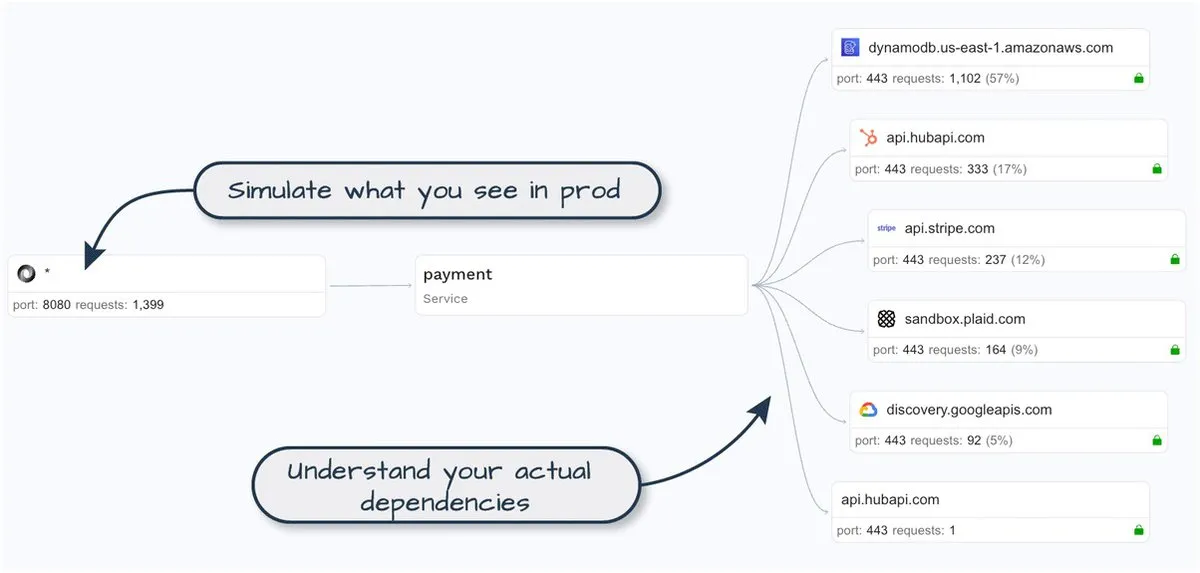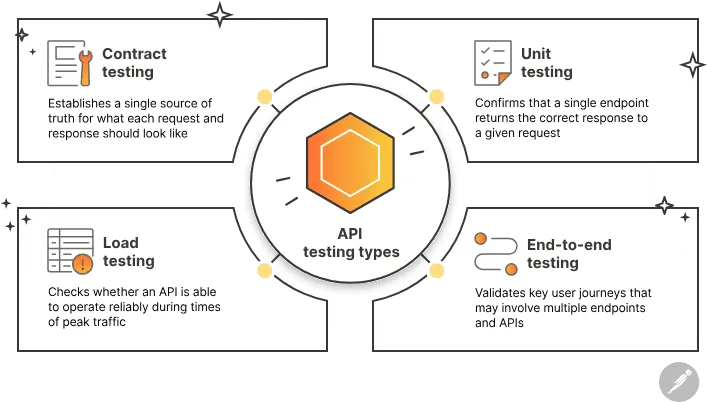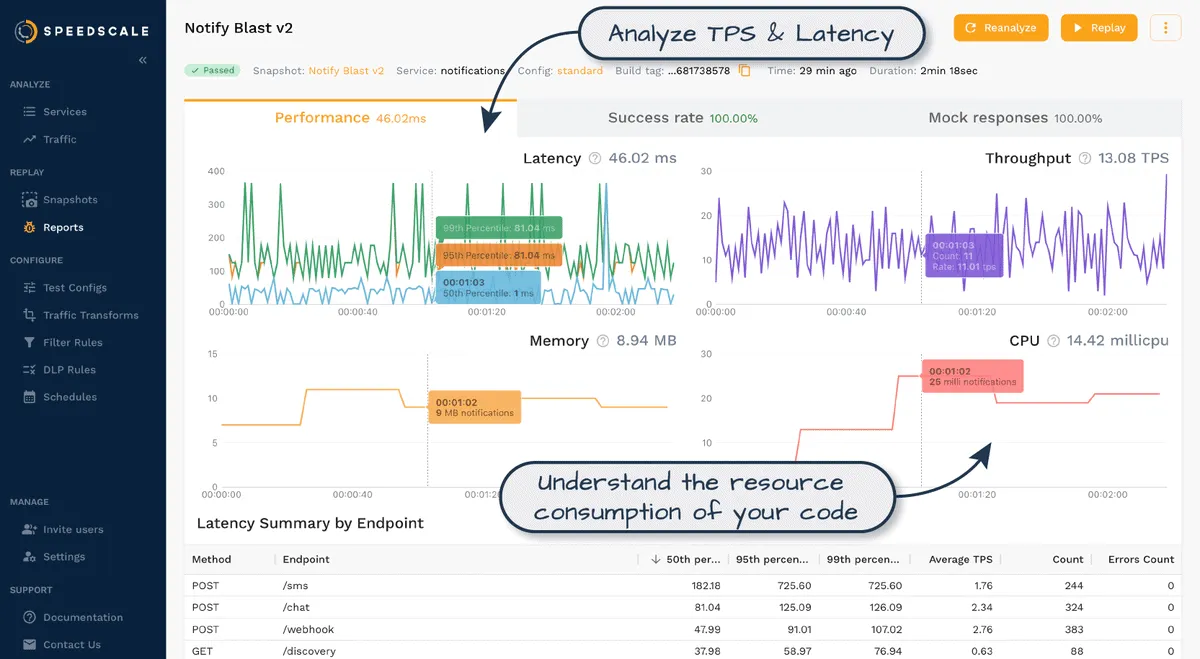The Ultimate Guide to REST API Testing: Best Practices and Tools
APIs might not always be in the spotlight, but they’re the unsung heroes of just about every modern software project. APIs make it possible for different apps, services, and platforms to talk to each other seamlessly. When an API falters, so does the entire system. That’s where REST API testing comes in. It’s not just a box to check off—it’s the key to making sure your services are dependable, secure, and prepared to handle the unexpected. In this post, we’ll walk you through the core ideas behind REST API testing, share the big reasons it matters, and show you step-by-step how to do it right. You’ll discover different testing approaches—like contract, unit, and security testing—and best practices and tools to make your job easier. Whether you’re new to API testing or want to sharpen your skills, you’ll have a solid roadmap for ensuring that every endpoint does exactly what it’s meant to do. So, let’s roll up our sleeves and get started with looking at the basics of API testing and why it’s important.
What is API Testing and Why is it Important?
API testing is a critical part of the software development process. It ensures that Application Programming Interfaces, or APIs, function as intended and designed. Testing these APIs requires some best practices and tools, especially when considering specific forms and functions, such as RESTful APIs. More generally, this testing has a handful of types and purposes. At its core, it tends to validate the business logic layer, ensuring that the software components communicate properly and are aligned with the design, functionality, and business logic underpinning the entire system.  Testing can also validate the behavior of individual pieces or units, ensuring that elements of the whole function are in concert with other pieces. This can either take the form of testing individual units or testing the contracts between those units. In many cases, both testing the object and the intended behavior of the function are complimentary, ensuring that integrations between applications and systems are maintained against an understood paradigm and functional structure. By verifying the API’s functionality, performance, and security through these tests, you can improve software reliability, ensure seamless interactions between its components, and identify (and mitigate) issues before they become true problems.
Testing can also validate the behavior of individual pieces or units, ensuring that elements of the whole function are in concert with other pieces. This can either take the form of testing individual units or testing the contracts between those units. In many cases, both testing the object and the intended behavior of the function are complimentary, ensuring that integrations between applications and systems are maintained against an understood paradigm and functional structure. By verifying the API’s functionality, performance, and security through these tests, you can improve software reliability, ensure seamless interactions between its components, and identify (and mitigate) issues before they become true problems.
Types of API Testing
There are several types of API tests, and each one plays a distinctly different role in ensuring that the API remains stable, reliable, and secure.
Contract Testing
Contract testing is validation that the API behaves the way it’s supposed to. In the context of APIs, the contract is essentially a set of behaviors and functions that are expected between internal components and between the API and the end user.  By testing the API with different inputs and validating that the correct output is generated, the fundamental contract of the API can be tested, validating both typical use cases as well as edge cases against the fundamental business logic of the API.
By testing the API with different inputs and validating that the correct output is generated, the fundamental contract of the API can be tested, validating both typical use cases as well as edge cases against the fundamental business logic of the API.
Unit Testing
Unit testing is more general and involves testing an API’s individual components or operations. This kind of testing ensures that each isolated part of the API works as expected, validating the logic and behavior of each individual unit. Unlike contract testing, which tests the API implementation against a contract, this is more concerned with the specific API call and functionality.
End-to-End Testing
End-to-end testing checks how different API components or modules work together and with other parts of the system from the beginning stages of a request to a singular or set of API endpoints all the way through the service of the API response or API responses.  This helps to verify the interactions between various endpoints, validate data flow, handle complex query parameters, error handling, and the overall integration (though, it should be noted that to test integration, you should really be using more complete integration testing).
This helps to verify the interactions between various endpoints, validate data flow, handle complex query parameters, error handling, and the overall integration (though, it should be noted that to test integration, you should really be using more complete integration testing).
Load Testing
Load testing is a type of test that ensures your API performs under high-demand test cases, ensuring that your service can maintain the API’s functionality, capacity, response time, and stability against a high volume of requests.  Load testing is a critical step in ensuring the long-term performance and scalability of your APIs. It ensures that your APIs meet current and future use cases in terms of performance and scalability.
Load testing is a critical step in ensuring the long-term performance and scalability of your APIs. It ensures that your APIs meet current and future use cases in terms of performance and scalability.
Security Testing
Security testing is essential for protecting any API against security vulnerabilities and malicious attacks. This involves testing for common security risks, including injection attacks, cross-site scripting (XSS), authentication and authorization issues, data exposure, and more. This is a highly critical type of test and is often a testing type that comes with its own team and resourcing.  Most importantly, security testing should be engaged in from day one - teams should start testing from the first code deployment to ensure that they are creating secure and high-quality APIs free from common vulnerabilities and less common attack vectors. It’s easy to get bogged down into UI testing or testing REST API contracts without thinking about the proactive nature of security testing. However, this is incredibly dangerous - security testing is perhaps the most important type of testing on this list.
Most importantly, security testing should be engaged in from day one - teams should start testing from the first code deployment to ensure that they are creating secure and high-quality APIs free from common vulnerabilities and less common attack vectors. It’s easy to get bogged down into UI testing or testing REST API contracts without thinking about the proactive nature of security testing. However, this is incredibly dangerous - security testing is perhaps the most important type of testing on this list.
Integration Testing
Integration testing is a type of testing that focuses on verifying the interaction and communication between different modules or components of a system, typically with a focus on third-party integrations.  Instead of testing each module in isolation, integration testing examines how they work together to ensure that their combined behavior meets the specified requirements; third-party integration testing often focuses on external systems that are connecting internally, validating their form, function, and purpose. This type of testing is crucial in identifying defects that may arise when individual components interact, such as data flow issues, communication mismatches, or integration logic errors.
Instead of testing each module in isolation, integration testing examines how they work together to ensure that their combined behavior meets the specified requirements; third-party integration testing often focuses on external systems that are connecting internally, validating their form, function, and purpose. This type of testing is crucial in identifying defects that may arise when individual components interact, such as data flow issues, communication mismatches, or integration logic errors.
REST API Testing Best Practices
REST, or Representational State Transfer, is an API paradigm in which a client-server relationship functions without the need to exchange state over time. REST and SOAP APIs are often very different, let alone REST APIs and gRPC APIs - accordingly, testing REST implementations and APIs comes with some specific best practices that are worth consideration.
Create a Dedicated Testing Environment
Firstly, it should be stated that REST is different from other systems. To build REST APIs, you need to meet a few conditions - while these conditions are outside of the scope of this piece to cover in detail, they include things like hypermedia, stateful representations vs. storing sessions, and so forth. Accordingly, you should create a dedicated testing environment that mimics the production environment but keeps elements of REST - such as its tendency to support microservices, decentralized authorization, and so forth - in mind. A dedicated testing environment will ensure your tests are more accurate and reliable.
Automate Your API Tests
REST APIs are often quite complex, being composed of various microservices, dependencies, and interlocking systems. Accordingly, automate your API tests to save time, ensure consistency, and reliably execute these functions frequently. Manual test cases can always be deployed even when using automated methods, but it makes no sense to make all of your testing manual - automated testing allows you to test quickly and efficiently and can help you ensure high-quality assurance and portability of your test results across automated systems.
Run Tests Throughout the API Lifecycle
Testing is not just a one-and-done thing - good app development requires consistent testing. API testing is important regardless of whether you’re trying to make secure REST APIs or quality SOAP APIs, but where REST is concerned, you tend to have a more complicated or multi-tiered approach to service development. Accordingly, testing should occur across the development, deployment, and maintenance phases and should be a prime focus. Make API testing important from a philosophical point of view by building a culture of quality and security, and you will reap the benefits a hundred-fold.
API Testing Tools
Having the right API testing tools is essential for simplifying the API testing process and executing at scale. There are many API testing tools available, each with its own strengths and weaknesses, and choosing the right API testing tool is critical for ensuring the quality and reliability of your APIs. There are almost as many API testing tools as there are APIs, but to give you an idea of some common types of tools, we’ve provided three good examples below of world-class tooling.
Postman
Postman is a popular collaboration platform for API development that allows developers and testers to design, test, and document APIs efficiently. It provides an intuitive interface for sending requests via a simple HTTP method, allowing you to further analyze responses and automate flows across a complex testing environment.  With Postman, users can perform a wide range of tasks, including function, integration, and performance testing, all without the need for extensive coding knowledge. Postman supports REST, SOAP, or Simple Object Access Protocol, and other popular paradigms, allowing you unprecedented testing flexibility.
With Postman, users can perform a wide range of tasks, including function, integration, and performance testing, all without the need for extensive coding knowledge. Postman supports REST, SOAP, or Simple Object Access Protocol, and other popular paradigms, allowing you unprecedented testing flexibility. 
Karate DSL
Karate DSL is an open-source framework specifically designed for testing APIs. It combines a variety of testing systems and methodologies into a unified platform. Karate stands out for its ability to define API requests, validate responses, and handle complex scenarios with minimal boilerplate code. Tests are written in plain text using .feature files, following the Gherkin syntax, and include built-in support for HTTP calls, JSON validation, and dynamic data handling.
Speedscale
No matter your testing solution, you’re going to need to have traffic to test within it. Speedscale is a powerful solution for capturing traffic for replay, allowing you to bridge data from your development environment and production realities into useful testing that represents your API users. This helps create a closer coupling against the actual deployment and can significantly improve the overall API quality as well as the quality of tests put against it.  Speedscale is easy to get started with and offers a free 30-day trial of its core features. Users can get started with simple REST API calls and POST request flows in mere minutes, and more complex testing workflows are just as easy to build. You can sign up for a free trial in seconds and get started with Speedscale immediately!
Speedscale is easy to get started with and offers a free 30-day trial of its core features. Users can get started with simple REST API calls and POST request flows in mere minutes, and more complex testing workflows are just as easy to build. You can sign up for a free trial in seconds and get started with Speedscale immediately! 
Conclusion
Mastering REST API testing is essential for ensuring the reliability, functionality, and security of modern software systems. By adopting best practices such as creating dedicated testing environments, automating tests, and maintaining consistent testing throughout the API lifecycle, developers can build robust and scalable APIs. Coupled with the use of powerful tools like Postman, Karate DSL, and Speedscale, the testing process can result in a product that is more streamlined, effective, and aligned with real-world scenarios. As APIs continue to serve as the backbone of interconnected applications, investing in proper testing strategies and tools will not only enhance the quality of your APIs but also provide a superior experience for end users and stakeholders alike.